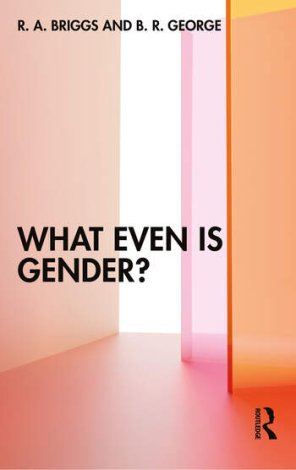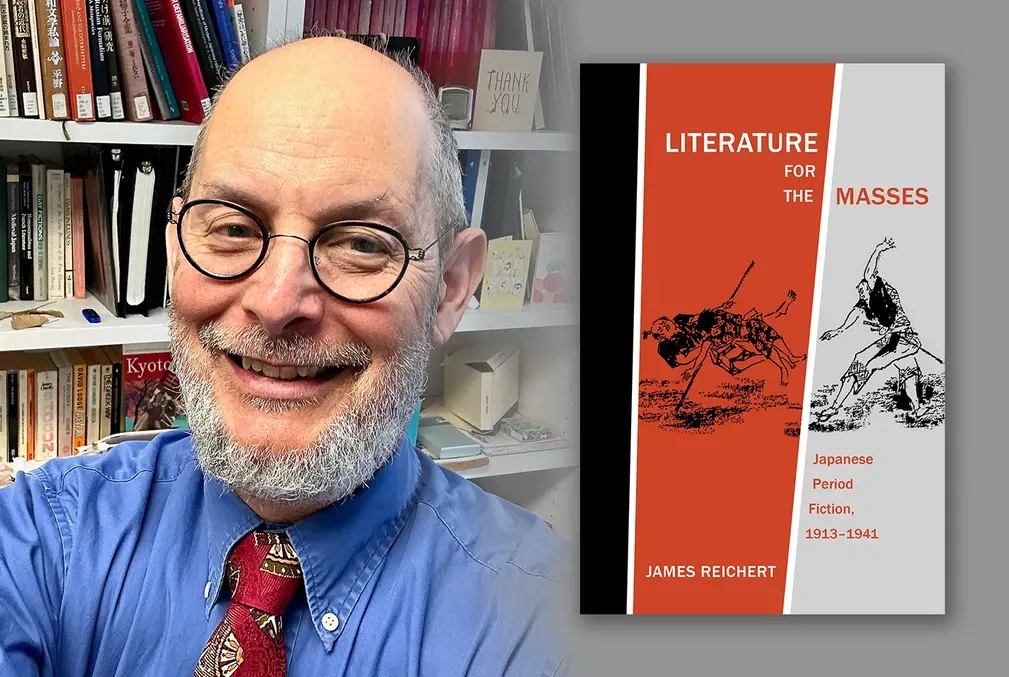Stanford philosophy professor’s new book focuses on ‘gender feels’ over ‘gender identity’
Professor R. A. Briggs argues that many different aspects of gender may pertain to a single person, necessitating a broader gender framework.
“Nobody has to match a template—neither mainstream templates nor other cultural templates about what it is to be a man, woman, or non-binary,” said R. A. Briggs, professor of philosophy in the Stanford School of Humanities and Sciences.
In their new book, What Even Is Gender (Routledge, 2023), Briggs and their co-author, B. R. George, a former Carnegie Mellon assistant professor of philosophy, approach the subject of gender identity in a way that challenges classical logic’s Aristotelian idea that contradictions can never be true.
“Despite the title What Even Is Gender, we’re not going to tell you what ‘gender’ is because this is a book built around the idea that ‘what is gender?’ is the wrong question,” the authors write in the book’s introduction.
This approach was important for both authors as trans individuals who don’t fit neatly into prescribed definitions of gender. “We speak from personal experience,” Briggs said.
Briggs and George spent years asking how they could really know their own gender identities before each decided to trynew names, new hormones, and new personal aesthetics in an experimental manner. “We discovered that some of them just felt right or otherwise significantly improved our lives,” Briggs said. “We think the world would be better if everyone moved away from ‘gender identity’ talk and toward something more like the framework we have developed.”
‘Gender feels’
This framework, which forms the basis of their book, centers on the idea of “gender feels,” which the authors define as “attitudes about one’s relationship to various non-subjective aspects of our shared material and social reality.” Those aspects are referred to as “gendered traits” and include sexed biology, gendered behavior, and belonging to gender categories.
Briggs explained that within our own culture there are plenty of reasonably clear and intuitive things that fall into specific gendered trait buckets. For instance, hormone levels for sexed biology, wearing neckties for gendered behavior, and “woman” and “man” for gender categories.
An individual’s sense of their own gendered traits is what the authors’ call “gender feels.” In the book the authors explain that these might include: “a belief that one is a man or a woman or both or neither, a sense of wanting to wear dresses or of feeling wrong in a dress, a desire to grow breasts or an intense discomfort with one’s breasts, eagerness or dread at the prospect of one’s first beard growth, a disposition to be happier at some blood testosterone levels than one is at others, and so on.”
Varying experiences
The authors categorize gender feels in the same way they group and discuss gender traits. For instance, biology-feels would include the desire to grow breasts, category-feels would include believing oneself to be a woman or a man or neither, and behavior-feels might include an aversion to wearing lipstick.
“People sometimes expect that your feels will match, and wanting to be a man means wanting body parts and activities that your society considers masculine,” Briggs said. “But that’s not true. Experience varies widely. An individual’s feels about one of their gendered traits can be independent and different from their feels about another.
“In this broader way of conceiving gender, thinking of oneself as a man need not entail dysphoria about one’s breasts or an aversion to stereotypically feminine behaviors like wearing a dress,” the authors write.
Briggs points out that cisgender people, those who identify with the gender they were prescribed at birth, also may or may not conform to gender stereotypes. A cis woman may choose not to wear high heels or may not like the color pink. A cis man may choose to carry a purse.
“It is customary to speak of someone having a gender identity, but most of us have many gender feels, which need not pattern together in any particular way,” the authors explain.
They see their proposed gender feels framework as relevant to current conversations about gender and in particular the experiences of trans people.
Briggs and George aren’t claiming that there is no such thing as gender identity. “The possibility of such a unified ‘gender identity’ may merit psychological study,” they write. “But the question has no obvious bearing on the legitimacy (or illegitimacy) of trans people’s self-reported category-feels, biology-feels, or behavior-feels.”
As a philosopher, Briggs said one of their goals is to try to understand what is real in the world. “The people described in the book, who all have different gender feels, are real,” they said. “Being accepted as real is important for living in society.”





